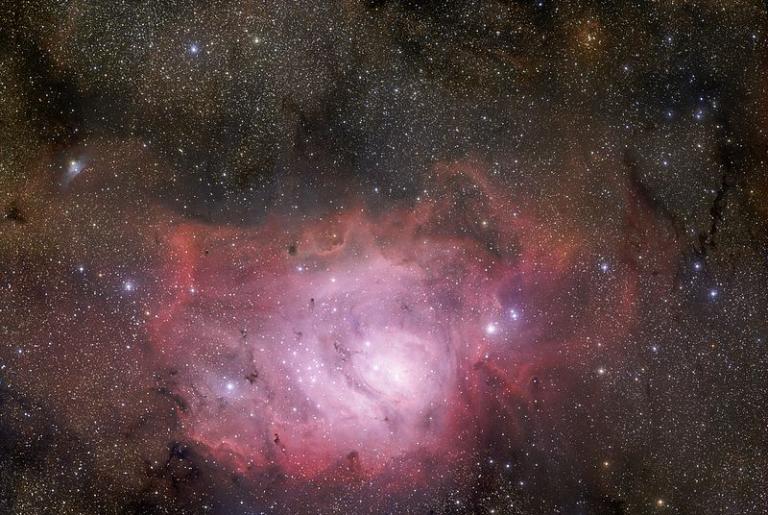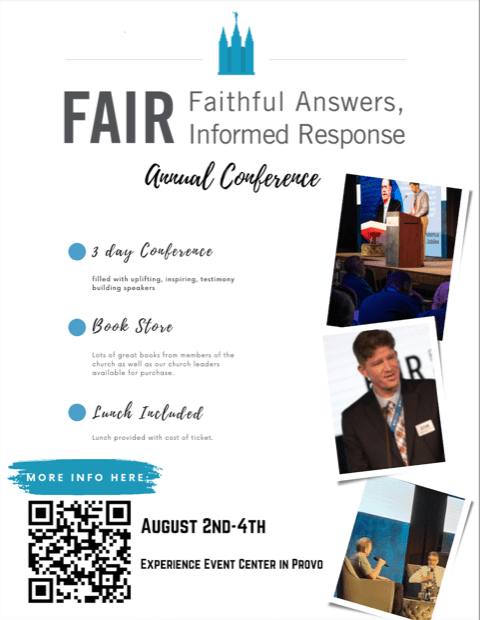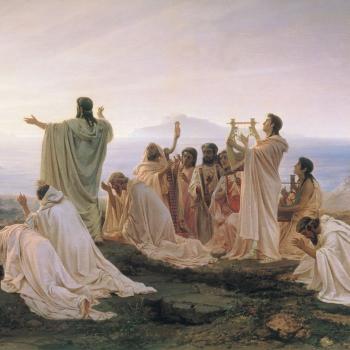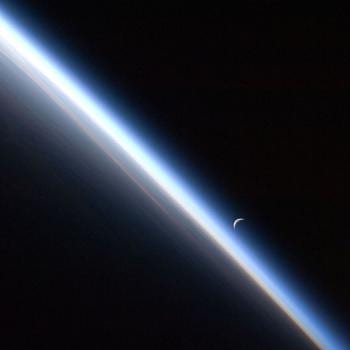“2023 FAIR Conference: Ticket sales close on July 28! Save your spot now!“
I disagreed fairly comprehensively with what I knew of her views on politics and religion, but I did and do love her rendition of “Nothing Compares 2 U”: “Singer, activist Sinead O’Connor has died at the age of 56: O’Connor, the controversial Irish singer-songwriter who transformed Prince’s ‘Nothing Compares 2 U’ into a power ballad that became a No. 1 hit worldwide, died of unknown causes” She seems to have been a tormented soul. RIP.
I’m pretty much agnostic on the question of extraterrestrial UFOs — although, for several years as an early teen, I was on the mailing list for the National Investigations Committee on Aerial Phenomena (NICAP) — but I’m openminded on it and still mildly interested in it. And this item is somewhat indirectly related to my blog entry of Monday last (“A Deep Dive for Extraterrestrial Life”): “Witness says U.S. government may have nonhuman bodies during congressional hearing on UFOs: The hearing didn’t answer questions about the possibility of extraterrestrial beings but it got a lot on the record.”
I’ve just made a small donation — I wish it could be more at the moment — to support the research of Don Bradley, who is one the very most interesting Latter-day Saint historians currently working.
“Help me rock Mormon history post-layoff, car dying”
I hope that others will contribute, as well. I also hope that I’ve provided enough information here to allow them to do so. (I don’t know much about “Go Fund Me,” so if there is something else that I should have done, I hope that people who know such things will contact me. I really want to help Don.)
Here’s a blog entry that I wrote about Don’s important book: “The Lost 116 Pages: Reconstructing the Book of Mormon’s Missing Stories” And I don’t know whether or not I actually posted a link to this Deseret News article about him. I intended to do so, but I may not have. In any event, it seems appropriate to call attention to it here and now: “This Latter-day Saint historian left his faith. Here’s why he returned: On a winter’s night in Springville, Don Bradley spoke to me as someone who left and then rediscovered faith”
Along with friends, my wife and I went out last night to dinner and a movie. Although it lacks superheroes and can’t boast of the same blockbuster impact as “Barbenheimer,” The Miracle Club is a pleasant, quiet little film about a small handful of Irish Catholic women and their pilgrimage to Lourdes, and about faith and doubt and guilt and forgiveness. The stars — Maggie Smith, Kathy Bates, and Laura Linney, accompanied by Agnes O’Casey, of another generation — do a very fine job, as one might expect from such excellent actors. It’s not a great film, but I can recommend it to you.

I share with you some additionalf passages that I marked in my recent reading of Brian Miller, “Does Cosmology Support Cosmic Design?” in Ann Gauger, ed., God’s Grandeur: The Catholic Case for Intelligent Design (Manchester, NH: Sophia Institute Press, 2023), 34-46. Dr. Miller earned a B.S. in physics with a minor in engineering from the Massachusetts Institute of Technology and a Ph.D. in physics from Duke University. He is currently the research coordinator for the Center for Science and Culture at the Discovery Institute, in Seattle, Washington.
Two significant discoveries of the twentieth century, he says, have rocked cosmology:
The first discovery was that the universe had a beginning, and the second was that the laws of nature appear to have been designed for the purpose of supporting life. These, and other recent advances in science, demonstrate the truth of the often-quoted words, “a little science distances you from God, but a lot of science brings you near to Him.”
Miller quotes the comment of Simon Singh, a historian of science:
An eternal universe seemed to strike a chord with the scientific community, because the theory had a certain elegance, simplicity and completeness. If the universe has existed for eternity, then there was no need to explain how it was created, when it was created, why it was created or Who created it. Scientists were particularly proud that they had developed a theory of the universe that no longer relied on invoking God. (quoted on 34)
Dr. Miller also cites the famous response to the first of these developments from the late NASA astrophysicist Robert Jastrow:
This is an exceedingly strange development, unexpected by all but the theologians. They have always accepted the word of the Bible: In the beginning God created heaven and earth. . . . The development is unexpected because science has had such extraordinary success in tracing the chain of cause and effect backward in time. For the scientist who has lived by his faith in the power of reason, the story ends like a bad dream. He has scaled the mountains of ignorance; he is about to conquer the highest peak; as he pulls himself over the final rock, he is greeted by a band of theologians who have been sitting there for centuries. (cited on 36)
But the steady-state model proposed by Hoyle, Gold, and Bondi didn’t last:
Ultimately, their model was rejected by the mid-1960s, since it predicted that galaxies of all ages should be observed throughout the universe, but astronomers have only identified galaxies of middle age or older. (37)
Curiously, I’m pretty sure that it was still taught as a live option in my relevant high school classes in the latter half of the sixties, although it sat in the virtual shadow of the California Institute of Technology (from which my bishop had graduated and where at least one of my mathematics teachers had earned two degrees). This may illustrate how long it takes — or, anyway, took — for cutting-edge science to filter down into school curricula.
Miller concludes his chapter with an understandably quite Catholic reading of the evidence, with which I don’t entire disagree, but with which I also don’t completely disagree. And no, I won’t elaborate here:
To summarize, the cause of the universe must have existed before the beginning of matter, energy, space, and time. Therefore, it must be immaterial, timeless, and immensely powerful. As mentioned, it could not have been some physical law in a higher-dimensional physical space, for (based on the BGV theorem) that space would also require a beginning that could not be explained by the physical law. It also could not have been some eternal, nonphysical, lawlike force. In such a case, the circumstances that would cause the impersonal force to create a universe would have occurred infinitely far back in the past, since all chance circumstances would have occurred in an eternal reality. Therefore, the universe should be infinitely old, which it is not. The only remaining universe-generating cause is a mind, for only a mind with free will can choose to act at a given moment (i.e., the moment of Creation of the universe), without any previous set of conditions causing it to do so. And only a mind could choose the correct set of laws for the purpose of supporting life. The necessity of a mind is further supported by physicists who have examined the possibility that the mathematics describing the laws of nature have the capacity to create reality. Proponents of this hypothesis have had to eventually face the question of what grants math such creative power. For instance, Hawking famously asked, “What is it that breathes fire into the equations and makes a universe for them to describe?” (43)
Vilenkin also pondered this question: “Does this mean that the laws are not mere descriptions of reality and can have an independent existence of their own? In the absence of space, time, and matter, what tablets could they be written upon? The laws are expressed in the form of mathematical equations. If the medium of mathematics is the mind, does this mean that mind should predate the universe? (43)














